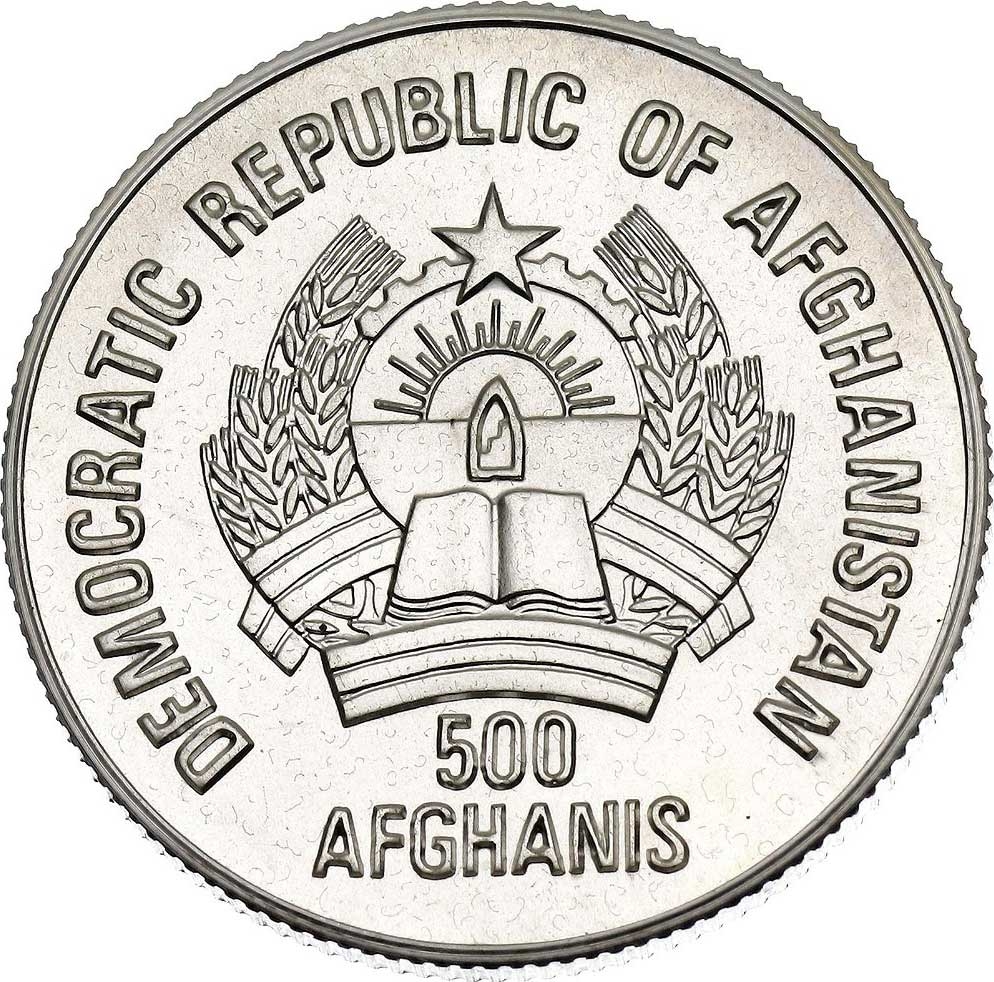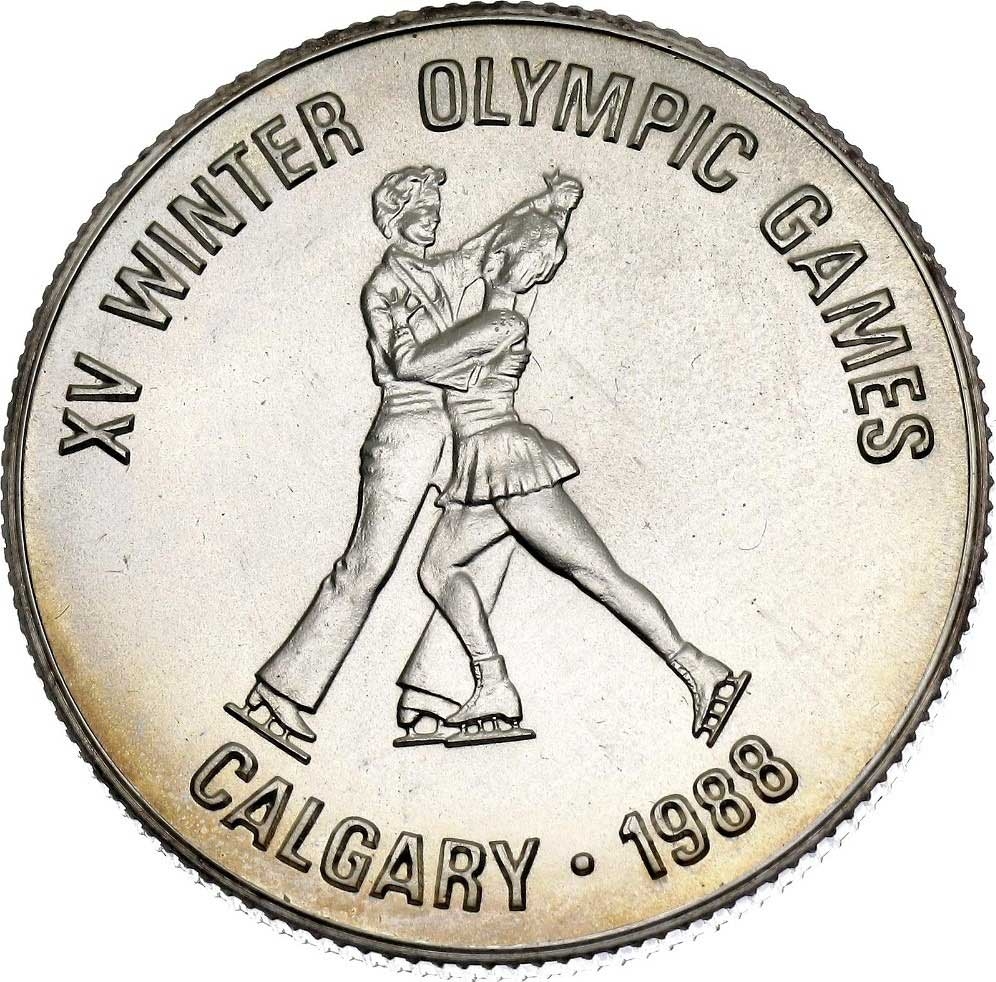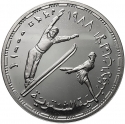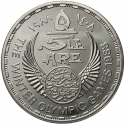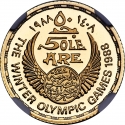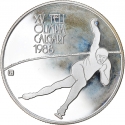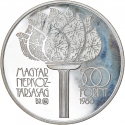You are about to finish your registration. Please check your mailbox (including spam folder). There should be a letter with a confirmation link. Check setting to make sure that your e-mail address is correct.
Send letter againDescription
The 1988 Winter Olympics, officially known as the XV Olympic Winter Games and commonly known as Calgary 1988, was a multi-sport event held from February 13 to 28, 1988, in Calgary, Alberta, Canada. It was the first Winter Olympic Games to be held for 16 days, like the counterpart Summer Olympic Games. The majority of the contested events took place in Calgary itself. However, the skiing events were held west of the city at the Nakiska ski resort in Kananaskis Country and at the Canmore Nordic Center Provincial Park in the town of Canmore.
In 1988, a record of 57 National Olympic Committees (NOC) that sent the total of 1,423 athletes to these Games. These Winter Olympics would be the last attended one for both the Soviet Union and East Germany NOCs. Just like the 1976 Summer Olympics, Canada failed again to win a gold medal in an official medal event on home soil. The Finnish ski jumper, Matti Nykänen, and the Dutch speed skater, Yvonne van Gennip, won three individual gold medals each. The 1988 Winter Olympics were also remembered for the "heroic failure" of both the British ski jumper, Michael Edwards, and the debut of the Jamaica national bobsleigh team. The both of them became subjects of major feature films about their participation in these Games: Cool Runnings by Disney in 1993 and Eddie the Eagle by 20th Century Studios in 2016.
The Democratic Republic of Afghanistan (DRA), later renamed the Republic of Afghanistan in 1987, was the official name of Afghanistan during the one-party rule of the People's Democratic Party of Afghanistan (PDPA) from 1978 to 1992. Throughout its existence, and particularly during the Soviet–Afghan War, the DRA depended significantly on support from the Soviet Union.
Obverse

|
Depicts the coat of arms of the Democratic Republic of Afghanistan, the country name in English above, the denomination below. DEMOCRATIC REPUBLIC OF AFGHANISTAN |
|---|---|
Reverse

|
Depicts a scene of the ice dance, inscription above, city and date below. XV WINTER OLYMPIC GAMES |
| Edge |
500 Afghanis
Democratic Republic
Calgary 1988 Winter Olympics
Ice Dance
Subscribe series
KM# 1004 Schön# 118
Calgary 1988 Winter Olympics
Ice Dance
